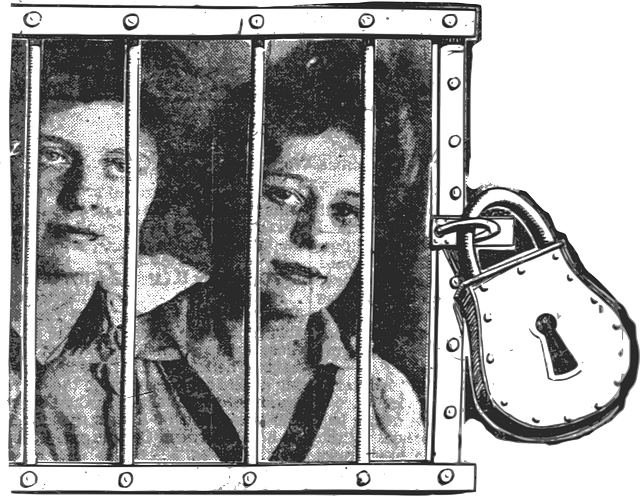In rural vs. urban settings, DUI laws vary due to differing population densities, public transport availability, and social drinking culture, resulting in distinct enforcement and penalties. Urban areas, characterized by high populations, traffic, diversity, nightlife, and public transit, have specific regulations. Targeted Millennial DUI Awareness Campaigns are implemented in urban centers to combat higher rates of impaired driving among this age group.
In the ongoing battle against drunk driving, understanding regional variations in DUI laws is paramount. This article delves into the distinct challenges posed by rural and urban settings, highlighting key differences in legislation. We explore how these disparities impact enforcement strategies, particularly focusing on engaging Millennial DUI awareness campaigns. By tailoring initiatives to diverse environments, we can enhance safety in both bustling cities and tranquil countryside, ultimately saving lives across the spectrum of spatial regulations. “Millennial DUI Awareness Campaigns” play a crucial role in navigating these variations and fostering responsible driving behaviors.
- Understanding Rural and Urban DUI Laws: Key Differences
- Millennial DUI Awareness: Tailoring Campaigns for Diverse Environments
Understanding Rural and Urban DUI Laws: Key Differences

In rural areas, where populations are often spread out and communities are more tightly knit, DUI (driving under the influence) laws may differ significantly from urban regions. These variations stem from unique factors such as lower population densities, limited access to public transportation, and distinct social norms surrounding alcohol consumption. As a result, law enforcement approaches and penalties can vary, reflecting community needs and challenges.
In contrast, urban DUI laws are shaped by the dense population, high volume of traffic, and diverse range of socio-economic backgrounds. Cities often have more stringent regulations and stricter penalties to address the unique issues presented by densely populated areas, including heavy nightlife, public transportation availability, and varying income levels that might impact access to legal alternatives for impaired drivers. Furthermore, urban Millennials are often targeted by specific DUI awareness campaigns due to higher rates of alcohol-impaired driving in these regions.
Millennial DUI Awareness: Tailoring Campaigns for Diverse Environments

Millennial DUI Awareness campaigns must adapt to cater to diverse environments, including rural and urban areas. Given the varying cultural and social dynamics between these settings, one-size-fits-all approaches are unlikely to be effective. In rural communities, where face-to-face interactions may hold more weight, community-based initiatives involving local influencers or peer education could prove successful. Conversely, urban campaigns might benefit from leveraging digital platforms and targeted social media advertising to reach a broader millennial demographic.
By tailoring these campaigns, we can ensure messages resonate with specific audiences. Urban millennials may respond well to innovative, out-of-the-box ideas that leverage technology while rural communities might appreciate more traditional methods that build on existing relationships. Such tailored approaches enhance engagement, making Millennial DUI Awareness Campaigns more impactful and ultimately contributing to safer driving practices across diverse environments.
In understanding the nuances of rural and urban DUI laws, it becomes evident that tailored Millennial DUI Awareness Campaigns are essential. These campaigns must adapt to diverse environments, considering the distinct driving cultures and enforcement practices in both settings. By recognizing these differences, we can create more effective initiatives to educate and deter young drivers, ultimately reducing DUI incidents across the board.






